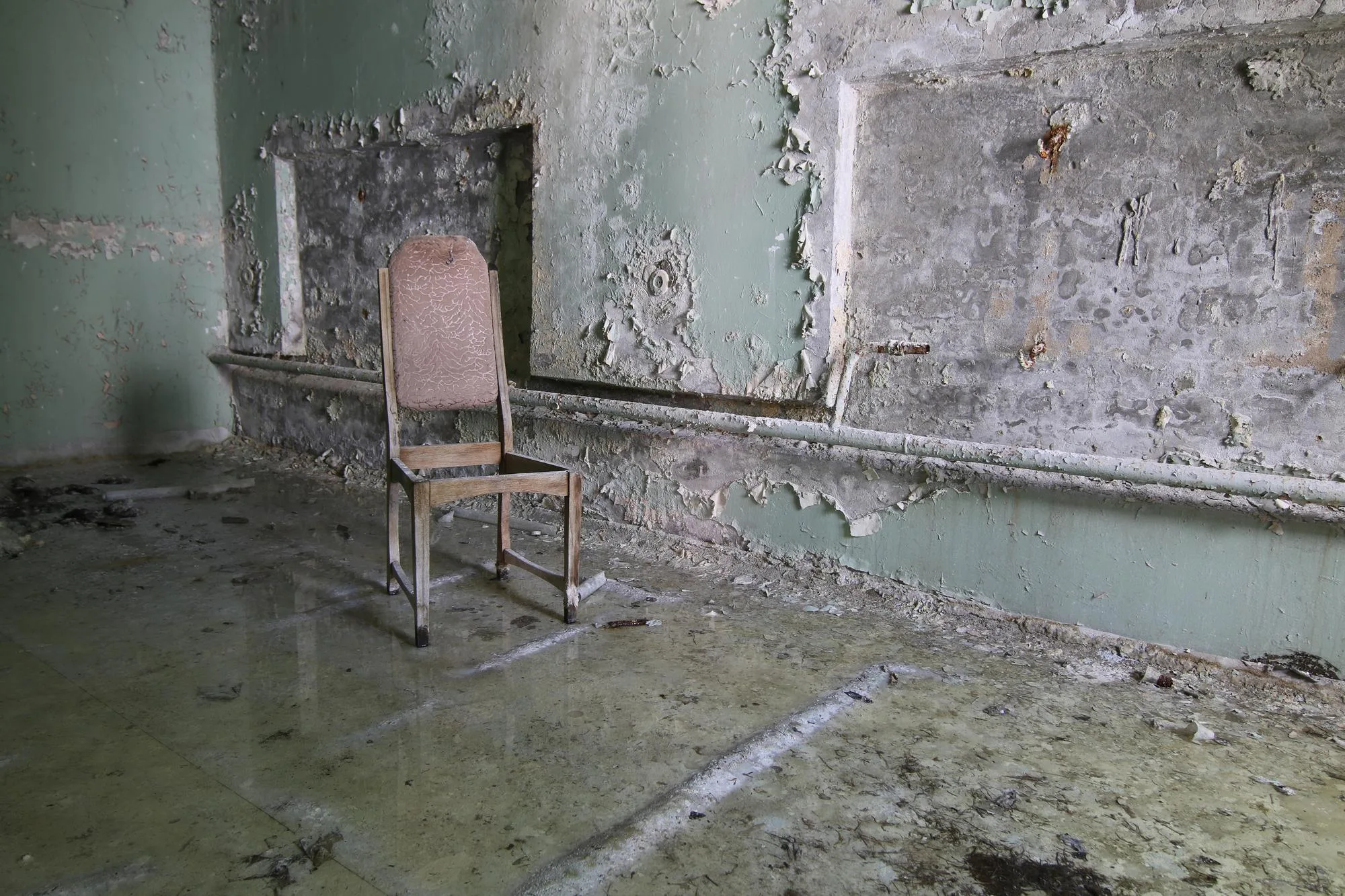Does Water Damage Affect Property Value
Water damage might sound like just another household headache, but for homeowners and buyers, it can quietly reshape the value of a property. Whether from a slow leak behind the walls, a burst pipe, or a flooded basement, water doesn’t only ruin surfaces, it can ruin confidence. Buyers today are more cautious than ever, and they notice signs of past moisture problems even when sellers think they’ve been hidden well.
When water damage isn’t handled quickly or properly, it leaves behind more than stains. Rotting wood, warped flooring, or mold growth make a home feel unsafe or poorly maintained. That’s where water damage specialists earn their keep, restoring not just the physical structure but also the peace of mind that potential buyers look for.
The Silent Threat Behind the Walls
Unlike cosmetic issues that are easy to fix, water damage tends to creep in quietly and linger long after the initial cause is repaired. A pipe might burst under the sink or a roof leak could go unnoticed for months. Even small moisture levels trapped in drywall or insulation can weaken a home’s structure.
Water encourages mold and mildew, which are more than just unsightly. Mold spores can cause respiratory issues and trigger allergic reactions, especially in children or anyone with asthma. Once a home develops that musty smell, it’s hard to convince buyers it’s completely gone. A professional remediation might clear the air, but the stigma can linger.
How Buyers View Water Damage
Homebuyers are more informed than ever. They read inspection reports carefully, they Google everything, and they often bring their own contractors or inspectors to second showings. When they see evidence of water intrusion, it’s not just about the repair costs, it’s about trust.
A repaired roof or basement can still raise questions like, “Was it done right?” or “Could it happen again?” Those doubts translate into lower offers or lost sales entirely. Some buyers might walk away before even seeing the whole house, especially if they’ve dealt with water damage before.
On average, visible or documented water damage can reduce a home’s resale value by 10 to 20 percent depending on severity, location, and how well it’s been remediated. In luxury or competitive markets, that percentage can be even higher.
Structural and Hidden Costs
Moisture weakens materials over time. Floor joists can warp, drywall can crumble, and concrete foundations can develop cracks that allow even more water to enter. If mold has spread behind the walls, remediation often requires tearing out sections of drywall or flooring, which adds to costs.
What’s tricky is that some sellers try to patch visible problems while ignoring what’s underneath. Painting over a stain or running a dehumidifier before a showing might mask the smell, but it doesn’t fool a good inspector. Once uncovered, those attempts at concealment can lead to legal trouble later.
Insurance Complications
Not all water damage is covered by homeowners insurance. A sudden burst pipe or appliance failure might be, but gradual leaks often aren’t. Flooding from heavy rain or rising groundwater usually requires separate flood insurance. When buyers find out a property had an uncovered loss, they might assume it wasn’t fixed properly or that there could be ongoing issues with drainage or waterproofing.
Insurance claims also leave a paper trail. A history of multiple water-related claims can raise red flags for insurers and buyers alike, suggesting the property sits in a problem area or has chronic maintenance issues.
Signs of Past or Hidden Water Damage
If you’re buying or selling a home, it helps to recognize some of the more subtle signs of past water issues. A few of these might seem harmless at first glance:
- Discolored or bubbling paint on ceilings and walls
- Musty or damp smell in basements or bathrooms
- Warped or lifted flooring, especially near doors and windows
- Rust on metal fixtures or HVAC components
- Water stains along baseboards or under sinks
- Efflorescence (white chalky residue) on basement walls
Sellers who address these early, rather than wait for an inspection to call them out, tend to retain more of their home’s value.
The Cost of Doing Nothing
Ignoring or delaying repairs rarely ends well. Water damage compounds over time. What starts as a $500 fix can become a $5,000 problem after mold remediation and drywall replacement. Eventually, it might lead to tens of thousands in structural repairs or a full foundation waterproofing system.
Even if the home looks fine after quick fixes, moisture can continue seeping into places that are rarely checked, like behind bathroom tile or under insulation in an attic. Those areas can rot unnoticed until a smell, sag, or spot gives them away.
Homeowners who try to sell after ignoring early signs often find themselves negotiating steep discounts or paying for repairs out of pocket just to close the deal.
Preventive Maintenance Pays Off
Keeping water out of a home is an ongoing process, not a one-time job. Simple habits and regular inspections can protect property value and prevent future headaches.
A few practical steps:
- Inspect gutters and downspouts twice a year and clear out debris
- Seal gaps around windows, doors, and roof flashing
- Check for signs of condensation in attics and basements
- Install a sump pump or dehumidifier if your area has high humidity
- Monitor water bills for unexpected spikes that might signal a leak
- Maintain proper grading around the foundation so water drains away from the house
Small proactive actions like these reassure future buyers that the property has been well cared for.
Professional Restoration and Peace of Mind
When damage does occur, the quality of the restoration makes all the difference. Professional remediation involves more than just drying surfaces. It includes moisture mapping, mold testing, and structural assessment to ensure every trace of water is gone.
Buyers are much more confident when they can see receipts and detailed reports from certified restoration companies. Documentation shows that repairs were handled professionally and that the property isn’t hiding deeper problems.
In some cases, investing in a professional restoration can restore nearly all of a property’s lost value. It signals that the homeowner took the issue seriously and resolved it the right way.
Selling a Home After Water Damage
If you’ve had water damage and plan to sell, transparency works in your favor. Trying to hide past issues almost always backfires during inspections. Instead, gather all repair invoices, warranties, and insurance claim details. Show buyers that the problem was fixed correctly and that preventive steps were taken to stop it from happening again.
A few extra touches help too, fresh paint after full remediation, dehumidifiers in the basement, and proof of recent roof or gutter maintenance all give reassurance. Some sellers even offer transferable warranties on waterproofing systems, which can make a big difference when negotiating price.
Final Thoughts
Water damage can affect property value in both visible and invisible ways. Beyond the cost of repairs, it’s about perception and trust. Homes that show clear signs of care, proper drainage, clean basements, and dry walls tend to hold their value, while those with lingering stains or smells can lose tens of thousands.
Owning a home means staying ahead of small issues before they become large ones. Whether you’re a homeowner, a buyer, or an investor, treating water damage seriously protects not just the structure but the sense of security that makes a house feel like home.







